AIl color schemes begin with a vision. You want a blue dining room. A red house. A yellow nursery. But after that, what?
Look at the blue dining room, for instance, and consider
several approaches.
Monochromatic: Do the entire room in shades of blue.
You might choose light-blue walls and deep-blue trim.
Analogous: Paint the walls that same light blue, but choose a trim color from one of blue’s adjacent slices of the wheel.
Complementary: If blue-on-blue proves overpowering, add a touch of its complementary color, the one directly opposite on the color wheel. The complement of blue is orange; instead of painting the trim orange, you might add the color with a brass chandelier or terra-cotta upholstery on the furniture. Either way, the two colors work together to spark up the room.
Triadic: For more variety, choose triadic colors-those that are equidistant from each other on the wheel. Tints and shades of blue, red, and yellow are shown. Garish? Not if you choose an abstract painting or a neutral rug with small bits of these colors.
There are also other ways to simplify choosing a color scheme.
Consider pulling colors from a favorite fabric or a rug. Or use a painting as inspiration for an entire room. Some perennially popular color combinations are classic: blue and white, blue and yellow, or red-white-and-blue, for instance. Paint manufacturers have helped make your choices easier with brochures showing shades that go together. Some even offer sample-size containers or stick-on color patches so you can test a color on your walls.
Photos in decorating magazines or books may give you ideas on up-to-date color combinations. When you see something you like, the paint department can scan the photo to match the colors shown.
Paint chips look different when they are in various lighting conditions. The same problem is true of photos in magazines and books. Often the text tells you what specific color the paint is, but it looks different when photographed. To ensure you get the color you want always buy a quart of each color you are considering, paint a small section of the wall, (or a piece of poster board that you tape up) and look at it under your own lights, both day and night. If the color you’ve selected doesn’t work, try another shade.
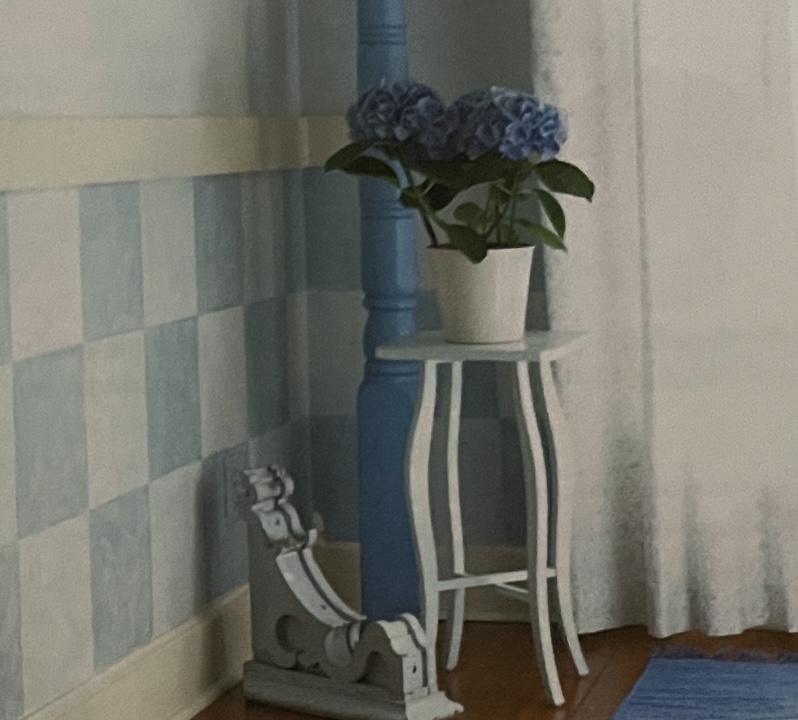
Monochromatic colors
Shades and tints of a single color.
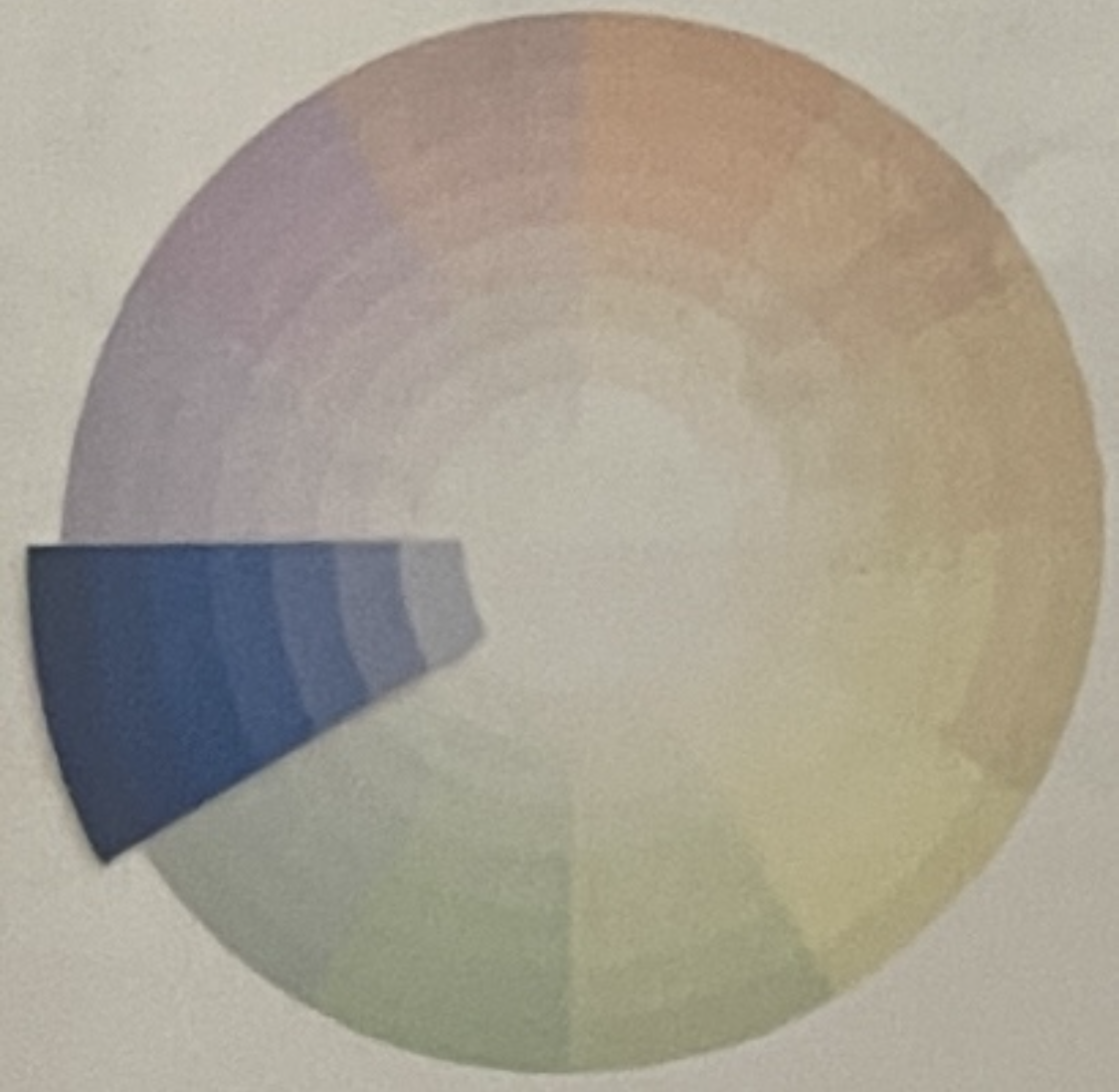
Analogous colors
Two colors adjacent to each other on the color wheel. One color dominates.
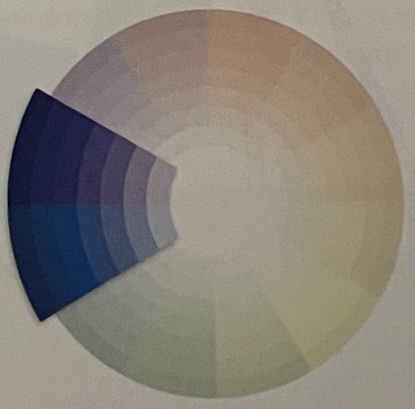
Complementary colors
Two colors opposite each other on the color wheel.
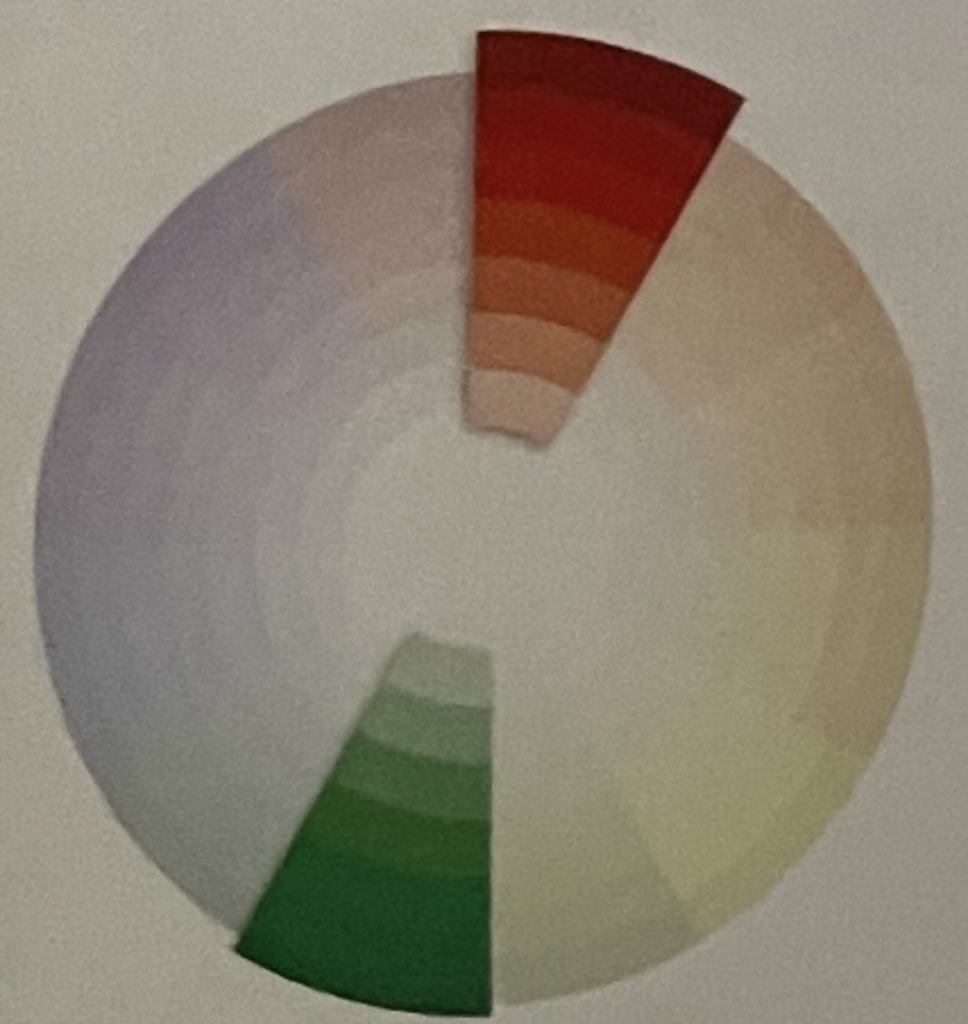
Triadic colors
Three colors equidistant from each other on the color wheel.
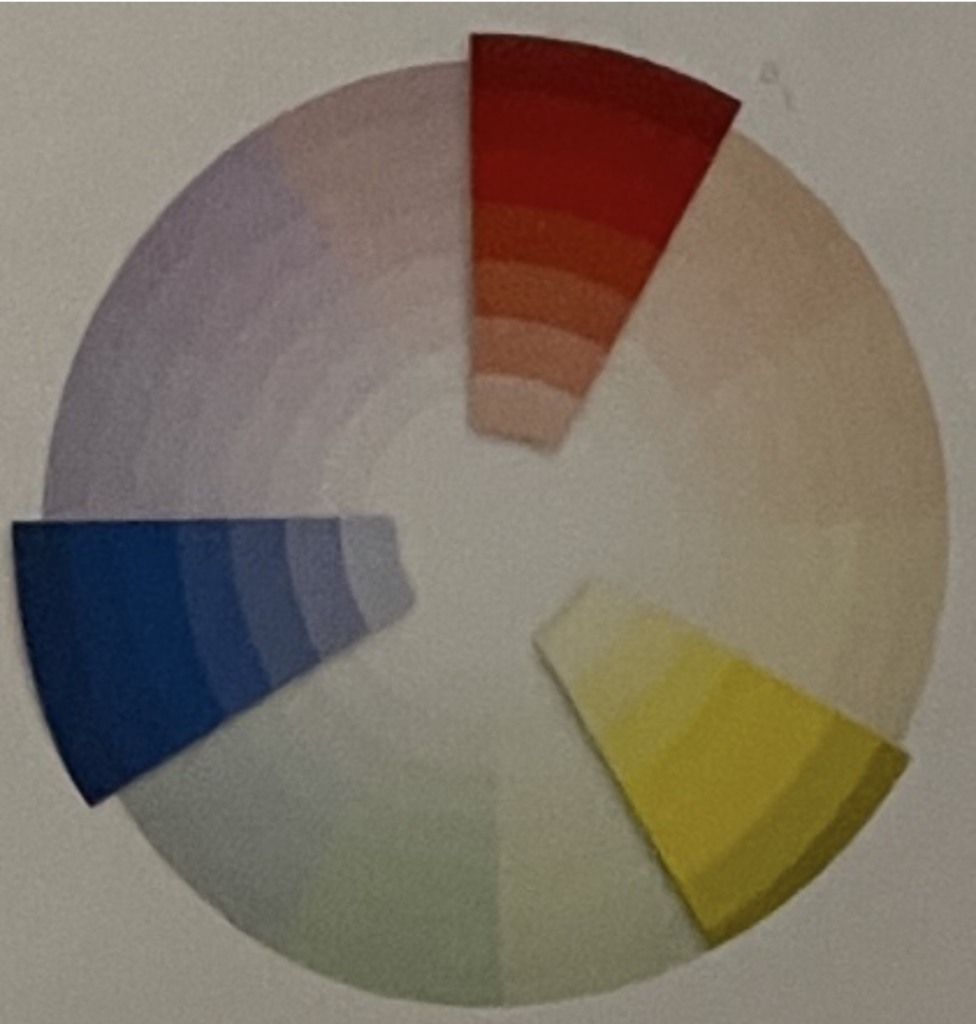
Analogous colors with complementary accents
Two adjacent colors combined with a third that is opposite either of the first two.


